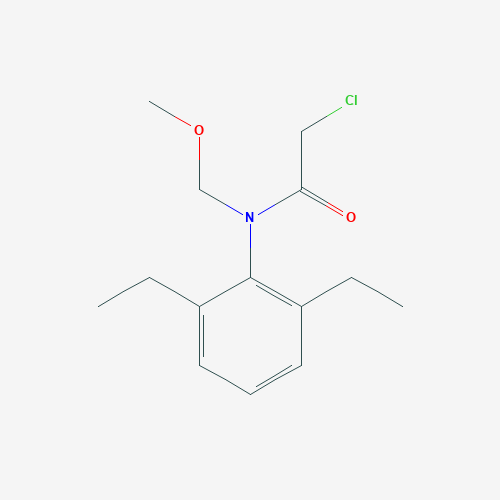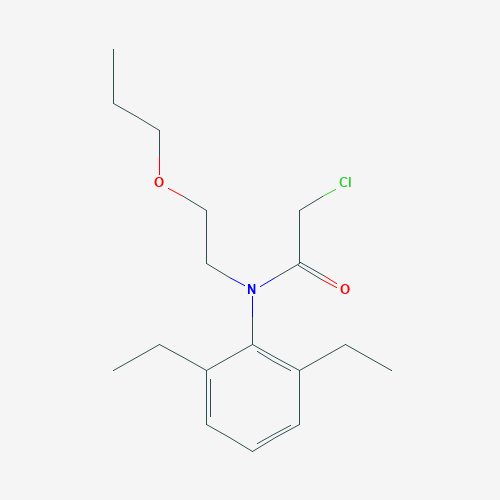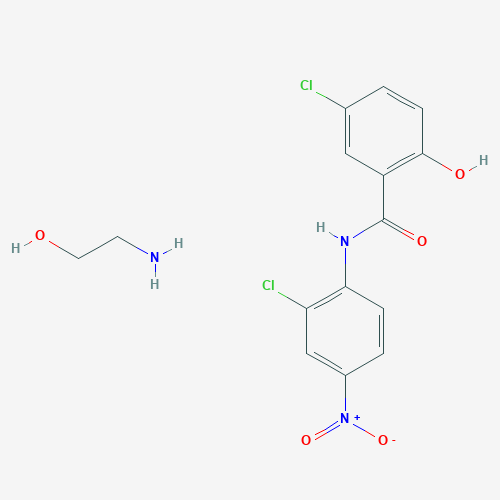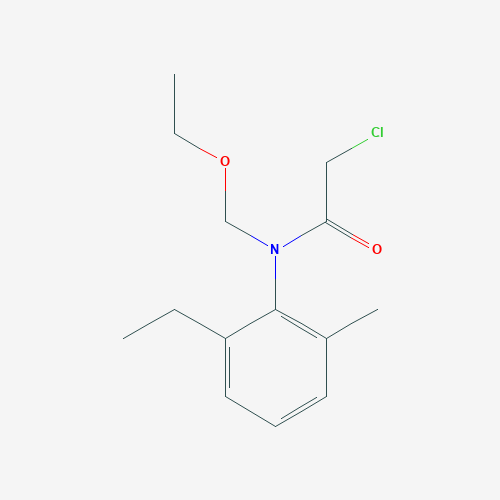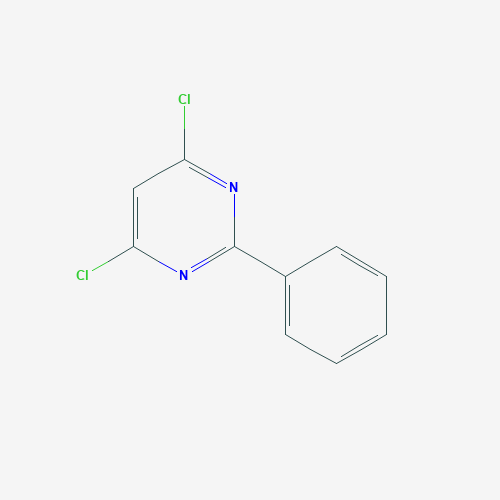-
[email protected] -
Call Now
+86-18151000009
Insecticide
Chlorfenapyr 98%TC
Sinoaoo is a professional manufacturer and supplier of pesticide, such as insecticide, fungicide, herbicide, safener, molluscicide, etc. The company's products have high stability, excellent processing performance, and are more environmentally friendly.
- CAS: 122453-73-0
- Molecular Formula:C15H11BrClF3N2O
- Appearance: white powder
- Melting point: 101-102℃
- Vapour Pressure: <1.2×10-2mPa
- Package: 25KG/BAG
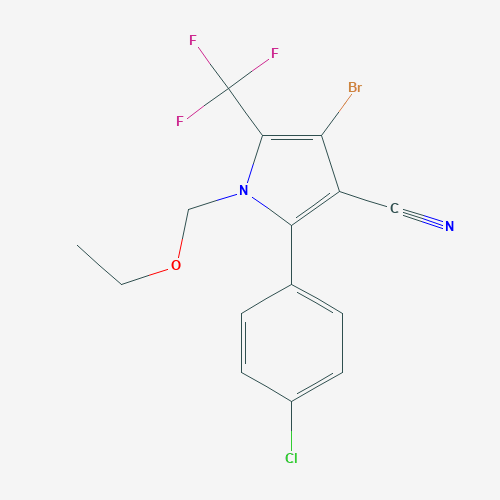
About Chlorfenapyr 98%TC
Chlorfenapyr is a member of the class of pyrroles that is 4-bromo-1H-pyrrole-3-carbonitrile which is substituted at positions 1, 2 and 5 by ethoxymethyl, p-chlorophenyl and trifluoromethyl groups, respectively. A proinsecticide used for termite control and crop protection against several insects and mite pests. It has a role as a proinsecticide and a proacaricide. It is an organofluorine acaricide, an organochlorine acaricide, an organochlorine insecticide, an organofluorine insecticide, a member of monochlorobenzenes, a nitrile, a member of pyrroles and a hemiaminal ether. It derives from a tralopyril.
Solubility
In water 0.14mg/l (pH7,25℃). In hexane0.89, methanol7.09, acetonitrile68.4, toluene75.4, acetone114, Methylene chloride141(g/10mL,25℃)
Application
Mode of action Insecticide and acaricide with mainly stomach and some contact action. Exhibits good translaminar but limited systemic activity in plants. Uses Control of many species of insects and mites, including those resistant to carbamate, organophosphate and pyrethroid insecticides and also chitin-synthesis inhibitors, in cotton, vegetables, citrus, top fruit, vines and soya beans. Among pests resistant to conventional products which are controlled by chlorfenapyr are Brevipalpus phoenicis (leprosis mite), Leptinotarsa decemlineata (Colorado potato beetle), Helicoverpa spp., Heliothis spp., Plutella xylostella (diamond-back moth) and Tetranychus spp. Also control of many species of structural and household Formicidae (especially Camponotus, Iridomyrmex, Monomorium, and Solenopsis), Blattellidae (especially Blatta, Blattella, Periplaneta and Supella spp.), Kalotermitidae (especially Incisitermes) and Rhinotermitidae (especially Reticulitermes, Coptotermes, Heterotermes) at use rates of between 0.125 to 0.50% a.i. w/w. Phytotoxicity No phytotoxicity observed at field use rates.
FAQ
FOB: 30%T/T in advance & 70% to be paid before delivery.


